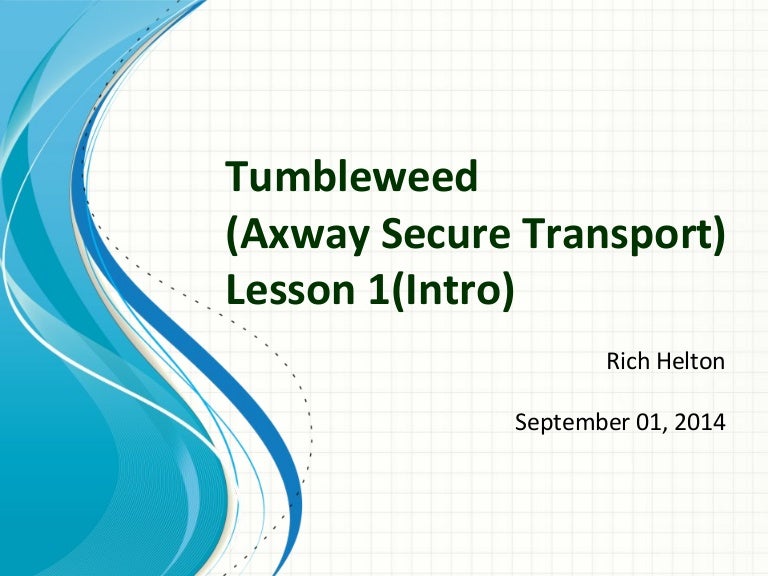


This is not an issue if the disk is shared only for, say, High Availability, i.e. However, a server using the shared disk will still assume the disk is local, and a normal filesystem will behave as if the disk is a DAS. With the introduction of SANs ( Storage Area Network), the disk now is not necessarily local to a particular computer, but it can be shared with multiple machines, via FibreChannel, iSCSI, FCoE, etc. A dedicated fileserver accessed via NFS (or CIFS) is usually referred as NAS, Network Attached Storage. NFS behaves like a filesystem, and the basic storage unit is the file. NFS, Network File System, takes the local disk resources of a computer and shares them over the network. The disk had to be formatted with a filesystem to be used by said computer. This is now known as DAS - Directly Attached Storage. In the old days, a disk had to be "owned" by a particular server, since it had to be physically attached to it. Fine tuning configuration options in ST, related to shared storage devices.

General recommendations when using a shared storage device.Known issue when using NetAPP and PGP decryption.It will also offer suggestions how to improve the performance, especially when it is used with high volume traffic or post-processing by ST. This article will explain some of the basics of the different storage types which can be used with ST and their respective benefits or drawbacks.


 0 kommentar(er)
0 kommentar(er)
